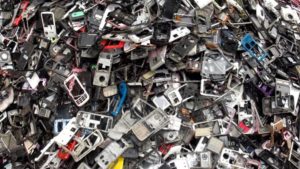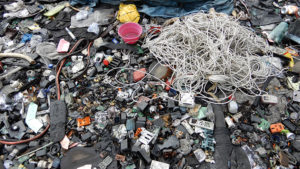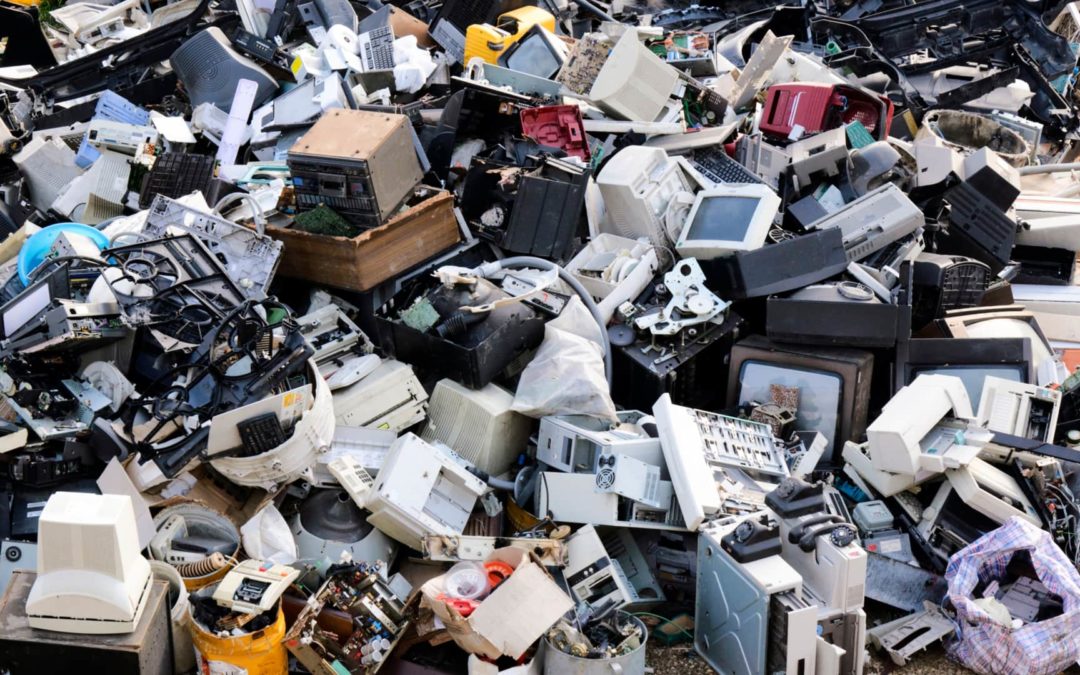 You probably have an idea about electronic waste, popularly known as e-waste. The prefix “e” undoubtedly clicks something about electronics in your mind. But what is electronic waste in a real sense? You see, technology is increasingly growing, and the more people own electric and electronic equipment, the more electronic waste gets added to the landfills.
You probably have an idea about electronic waste, popularly known as e-waste. The prefix “e” undoubtedly clicks something about electronics in your mind. But what is electronic waste in a real sense? You see, technology is increasingly growing, and the more people own electric and electronic equipment, the more electronic waste gets added to the landfills.
The average American will probably discard their phone after about three years. Surprisingly, only a small percentage of such electronics get recycled while the more significant portion gets trashed, posing a threat to the environment, human life, and animal life. For an in-depth understanding of electronic waste, read on as the article explores the topic comprehensively.
What is e-waste?
E-waste comprises the electronic and electrical equipment(EEE) that have stopped serving their original purpose owing to a replacement, breakage, or redundancy; in simpler terms, an EEE that has reached the end of its lifespan. Electronic waste includes a wide variety of electronic appliances, including TVs, mobile phones, microwaves, washing machines, refrigerators, computers, and radios.
EEE equipment components and composition form the basis for the classification of e-waste composition, with main categories being ferrous metals, non-ferrous metals, pollutants, plastics, glass, and others. Steel and iron account for a massive percentage of electronic waste, followed by plastics. Coming third in abundance is the non-ferrous metals aluminum, copper, platinum, gold, and silver. The pollutants can pose a serious threat to the environment when discarded inappropriately. They include mercury found in flat-screens and switches, cadmium and lead in CRTs, PCB brominated flame retardant, insulated cables, and plastics.
The EU classifies electronic waste into ten categories as follows;
- Small household appliances, including coffee machines, hair trimmers, toasters, grinders, vacuum cleaners, etc.
- Large household appliances, including air conditioners, microwaves, dishwashers, washing machines, freezers, refrigerators, and electric fans.
- Medical devices, such as pulmonary ventilators and radiotherapy equipment.
- IT and telecommunication equipment including, printers, mobile phones, and computers.
- Lighting equipment, such as lamps.
- Consumer equipment including musical instruments, audio amplifiers, TVs, radios, and cameras.
- Electrical and electronic tools such as machine shop basic electrical equipment, soldering irons, and sewing machines.
- Monitoring and control gadgets, including thermostats, heating regulators, motion sensors, and smoke detectors.
- Sporting goods and leisure equipment such as video games, electric car, plane, and train sets, and other electrical sporting equipment.
- Automatic dispensers, including cash ATMs, water dispensers, and product dispensers.
Countering the electronic waste problem
 As the world population increasingly becomes conversant with technology, there is a need to implement effective measures to curb the growing e-waste problem. Recycling is not enough to deal with increasing volumes of electronic waste. The process should be efficient and more convenient. International organizations and electronics companies are forming partnerships with certified recycle company to make it easier for consumers to dispose of their electronic equipment. Now, you can trade-in your old mobile phone or tablet in a kiosk solely established for collecting old electronics for recycling purpose. Besides, you can use an app to arrange for a pickup date with a electronic recycle company. Manufacturers are now keen on making more durable, recyclable, and repairable electronic gadgets using less toxic materials.
As the world population increasingly becomes conversant with technology, there is a need to implement effective measures to curb the growing e-waste problem. Recycling is not enough to deal with increasing volumes of electronic waste. The process should be efficient and more convenient. International organizations and electronics companies are forming partnerships with certified recycle company to make it easier for consumers to dispose of their electronic equipment. Now, you can trade-in your old mobile phone or tablet in a kiosk solely established for collecting old electronics for recycling purpose. Besides, you can use an app to arrange for a pickup date with a electronic recycle company. Manufacturers are now keen on making more durable, recyclable, and repairable electronic gadgets using less toxic materials.
As prices of electrical and electronic equipment continually drop as the demand for the gadgets rise, e-waste will undoubtedly continue to grow. Nonetheless, governments and responsible organizations have to be quick to implement measures for proper disposal of these items and thereby keep the environment safe from the harmful elements present in the various forms of electronic waste.


